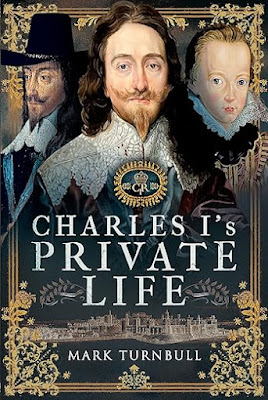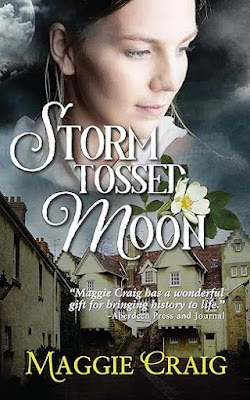1575: Nelan Michaels is a young Flemish man fleeing religious persecution in the Spanish Netherlands. Settling in Mortlake outside London, he studies under Queen Elizabeth’s court astrologer, conjuring a bright future – until he’s wrongly accused of murder. Forced into the life of a fugitive, Nelan hides in London, before he is dramatically pressed into the crew of the Golden Hind.
My latest historical fiction novel,
The Mark of the Salamander, is hot off the press. It’s the first title in a two-book series, The Island of Angels, which tells the epic story and secret history of England’s coming of age during the Elizabethan era.
This blog relates the true story of a slave who have a profound impact on the life of Sir Francis Drake, a story which features in the novel.
Diego—his surname is not known—was an African man who was enslaved by the Spanish and transported to Panama. He escaped and banded together with other Cimarrons, runaway Africans who established their own settlements in the Panama hinterlands.
An idealised version of what Diego may have looked and dressed like.
At the time, the Spanish pilfered much of their wealth from the Aztec temples and dug it out of the ground in places like the silver and gold Pitosi mine in Peru. Every year, this huge yield was shipped up the Pacific coast of South America to Panama, where it was loaded on a mule train and hauled across the Isthmus to Nombre de Dios on the Atlantic side, before being shipped to Spain on the annual treasure ship.
When the English buccaneer Francis Drake and his company attacked the port of Nombre de Dios in 1572, Diego bravely ran through a hail of bullets and persuaded the English to let him join them. Diego then helped the English combine with the local Cimarrons to launch a successful attack on the annual Spanish mule train. After that escapade, Diego returned to Plymouth with Drake.
The Isthmus of Panama
Diego’s knowledge of the geography of the Isthmus of Panama (shown in the image) was, in a strange way, instrumental in changing the fortunes of Drake, as well as of England, and in some ways, the world.
Because during the 1572 escapade, Diego took Drake to a unique hill. He climbed a tree, and made his way to a rickety platform that had been assembled near its crown. Drake stood on it, and was perhaps the first Englishmen to see the panorama that spread out before him.
Because looking east, he saw the vast expanse of the Pacific, but turning west, and gazing across the narrow Isthmus, he glimpsed the Atlantic. Both oceans at once! This was a vision that he never forgot, and Drake promised himself that he would return to sail in the Pacific Ocean, and one day he did.
On 15 November 1577, Diego joined nearly 170 men to set sail with Drake on his vessel The Pelican from Plymouth to sail around the world. On board ship, Diego acted as Drake’s personal manservant, preparing his clothing and serving his meals. Diego had experience of long sea voyages, and was fluent in Spanish and now English, which made him an valuable interpreter. Like the rest of the crew, Diego was paid wages.
In April 1578, the five vessels in the fleet reached Brazil, sailed south down the coast of South America before crossing the Magellan straits. By the time Drake had successfully rounded Cape Horn, his was the only ship of the fleet remaining. That was when it was renamed The Golden Hind. The image of his boat is shown here. It made history – the first English vessel to sail around the globe.
On 25 November 1578, Drake and his crew landed on Mocha Isle off the coast of Chile. After their horrendous passage across the straits, they were desperate for fresh water and food. To their delight, the island’s inhabitants gave them food, and told them to return the next day for drinking water. That night, they enjoyed a welcome feast.
The next morning, Diego, Drake and ten other men set out for the island. This time they were met not with friendship, but with a flurry of arrows. The natives’ sudden change of heart seems to have been caused by a misunderstanding over the translation of a word.
Whatever it was, arrows rained down on the boat. Men died. Drake was hit by an arrow in the face. Diego received more than 20 wounds. Despite his multiple wounds, Diego survived for nearly another year, and died as the Golden Hind passed the Indonesian Moluccas on the way home.
This was a sad end to an extraordinary life that started in Africa, took him to South America, England, Brazil and Peru.
In my novel, I imagine the relationship between Drake and Diego in which Drake learns some of the arcane arts of seamanship from Diego, who also told the crew some of the extraordinary myths of his African people.
Long live Diego the Cimarron, the runaway, who didn’t run away and turned and faced his enslavers.
Justin Newland
# # #
About the Author
Justin Newland's novels represent an innovative blend of genres from historical adventure to supernatural thriller and magical realism. His stories explore the themes of war and religion, and speculate on the human’s spiritual place in the universe. Undeterred by the award of a Doctorate in Mathematics from Imperial College, London, he conceived his debut novel, The Genes of Isis (Matador, 2018), an epic fantasy set under Ancient Egyptian skies. Author, speaker and broadcaster, Justin appears on LitFest panels, gives talks to historical associations and libraries and enjoys giving radio interviews and making podcasts. Born three days before the end of 1953, he lives with his partner in plain sight of the Mendip Hills in Somerset, England. Find out more at Justin's website
https://www.justinnewland.com/ and find him on
Facebook and Twitter
@JustinNewland53





























